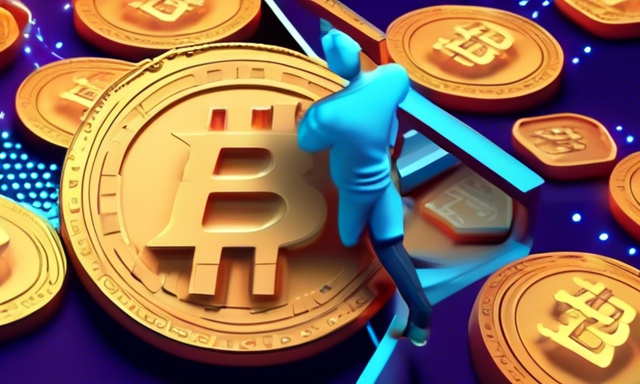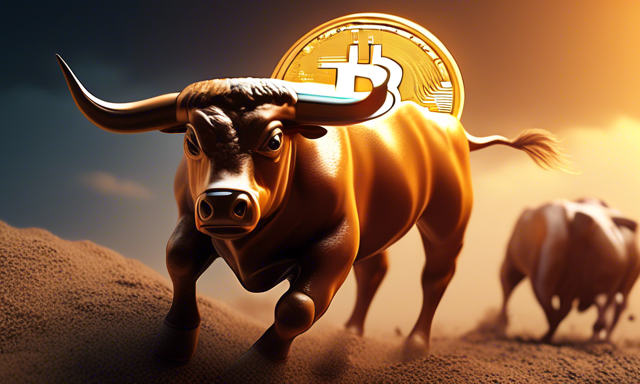Understanding the Potential Implications of the Proposed Market Share Cap on UPI
A proposed 30% market share cap in the Unified Payments Interface (UPI) segment may not be implemented by the deadline, as indicated by industry executives. This uncertainty has led to a reevaluation of growth and investment strategies by new entrants in the UPI market. With dominant players like PhonePe and Google Pay holding significant market share, the government’s official stance on this matter remains unclear.
Implications for Users’ Preferences
- Regulators believe that new players have not significantly impacted UPI user concentration, posing challenges for enforcing the market share rule.
- Current market dynamics suggest limited choices for implementing the December 31 deadline.
Despite the uncertainty, NPCI has yet to receive an official response from the government or the Ministry of Electronics and Information Technology regarding the market share cap proposal.
The Growth of UPI Transactions and Current Market Dynamics
- UPI transactions have witnessed significant growth, with major players like PhonePe and Google Pay dominating the market.
- Recent data shows that these two platforms account for a significant percentage of total UPI transactions.
Market discussions surrounding the market share ceiling gained traction after restrictions were imposed on Paytm Payments Bank, prompting concerns about user migration. Postponements and technical challenges have further complicated the implementation of the market share cap.
The Dynamics of Implementing a Market Share Cap
- NPCI’s proposal aimed to de-risk the UPI ecosystem by preventing the dominance of a few platforms.
- Industry experts suggest that implementing such a cap could prove technically challenging and disrupt the existing system.
Despite the need for market equilibrium, various stakeholders have raised concerns about the practicality and timing of enforcing a market share cap within the UPI segment. NPCI’s efforts to engage with smaller players in the industry have not yielded concrete solutions to address these challenges.
Exploring New Opportunities and Initiatives in the UPI Ecosystem
- NPCI has been facilitating the entry of new players into the UPI market, allowing consumer internet platforms to launch their UPI offerings.
- Companies like Flipkart, Groww, and Swiggy have ventured into the UPI space, reflecting a growing interest in leveraging digital payment solutions.
Despite these initiatives, the absence of a merchant discount rate (MDR) poses challenges for smaller players looking to monetize their UPI offerings. Larger players in the ecosystem have been advocating for MDR to be charged on transactions with significant merchants to sustain the growth of UPI as a ubiquitous payment tool in the market.
Hot Take: Navigating Through Uncertain Times in the UPI Market
As uncertainties loom over the implementation of the market share cap in the UPI segment, industry players are recalibrating their strategies to adapt to evolving market dynamics. The potential implications of these regulatory changes may shape the future landscape of digital payments in India, requiring stakeholders to navigate through a period of transition and uncertainty with strategic foresight and agility.





 By
By

 By
By

 By
By